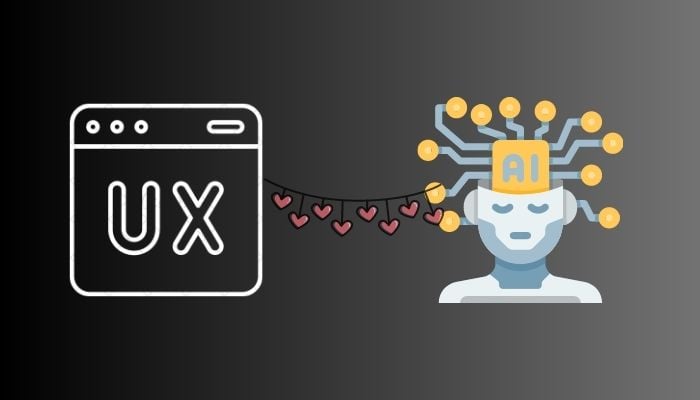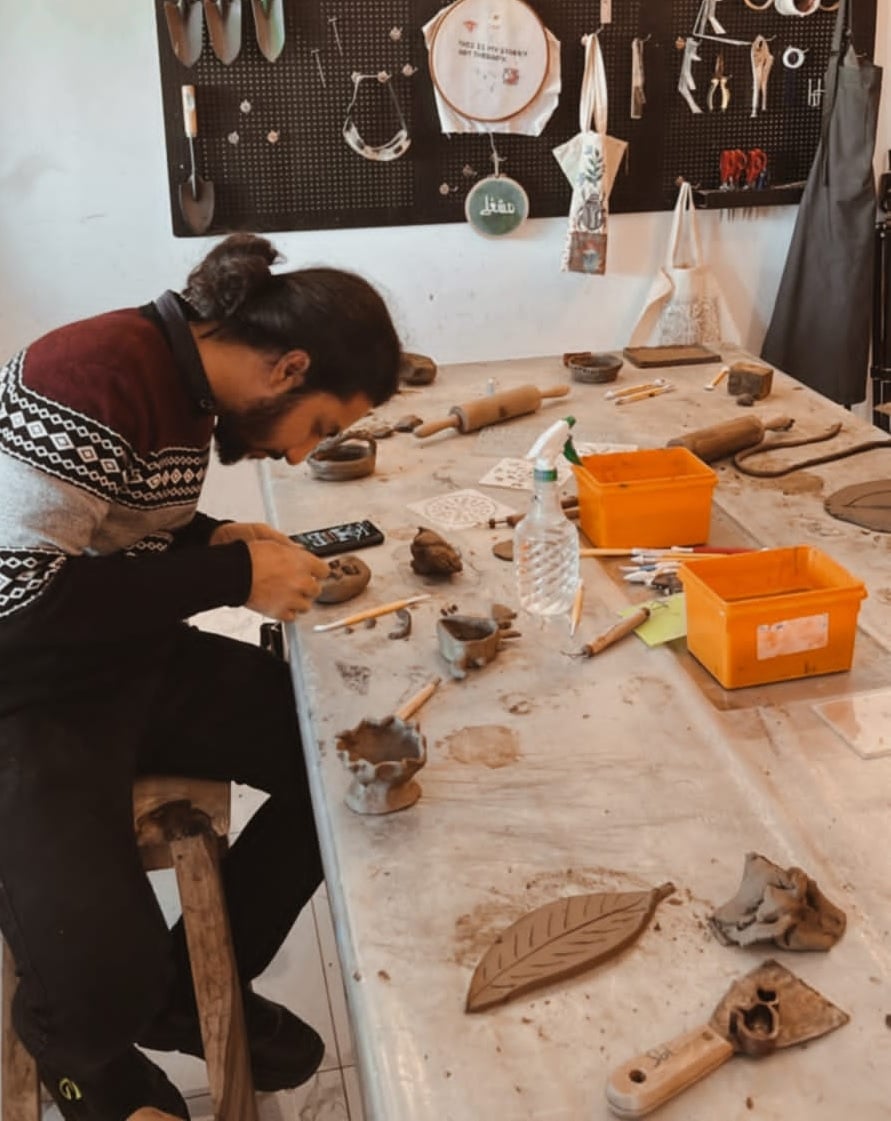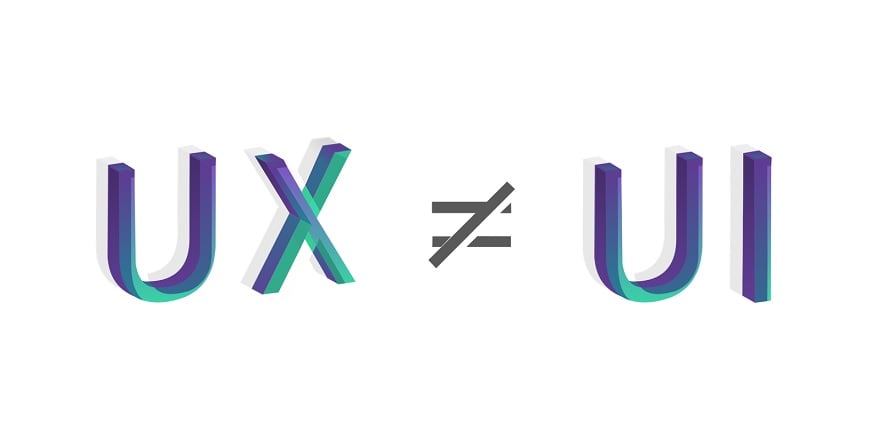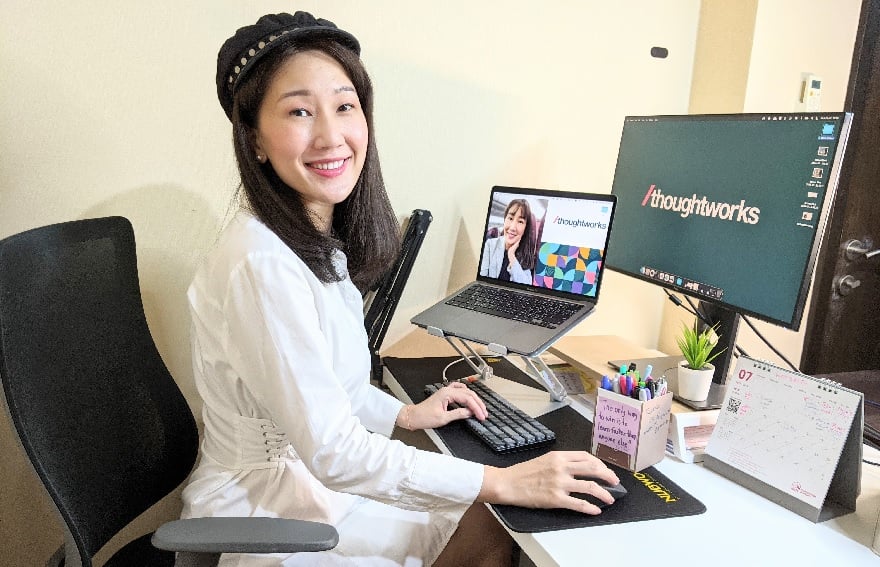AI falls short: Why human touch is essential in UX Design
“If you’re going to set for mediocracy, AI is going to get to you,” believes Ahmad Khan Niazi, product designer at Poster My Wall
April 30, 2023

“I don’t see AI replacing UX designers completely but what I do see AI doing is, scraping off the monotonous chores and hence, hitting the bottom-level talent of any domain,” Ahmad Khan Niazi, a product designer at Poster My Wall, said while speaking to Geo.tv.
Artificial Intelligence (AI) has been a buzzword in the tech industry for quite some time now. The advancements in AI technology have led many to believe that AI has the power to replace almost anyone and anything. This has also horrified human designers, including UX designers.
While many view AI tools as monsters chugging down jobs, experts in the User Experience field confidently believe they are safe for years to come.
“If you’re going to set for mediocracy, AI is probably going to get to you,” believes Khan, who has also been a Venture Initiative Ambassador for ADP List, a mentoring platform.

Ratta Kidakarn, a UX designer at Thoughtworks and a mentor at ADP List, told Geo.tv what UX is actually about.
“UX design is not just about creating visually appealing designs; it also involves empathy, understanding user behaviour, and developing user-centred solutions.”
Kidakarn’s point sums up what type of UX designer would be terrified of AI: one who thinks UX design is about building interfaces.

UX designers conduct extensive research to gain insights into user behaviour, which AI cannot replicate. AI lacks the ability to understand human emotions, which is an essential aspect of UX design. A UX designer can empathise with the user and design a product that solves their problems and enhances their experience. On the other hand, AI can only analyse data and make predictions based on that data, which is limited and cannot replace human intuition.
Secondly, UX design involves creativity and innovation, which are uniquely human traits. UX designers need to think outside the box and come up with creative solutions to problems.
They need to be able to visualise the product in different ways and present it in a way that is aesthetically pleasing and user-friendly. AI lacks the creativity and imagination that humans possess, which makes it impossible to replace UX designers. AI may be able to come up with several design variations, but it cannot match the level of creativity and innovation that a human designer can bring to the table.
This is also what Khan believes will keep UX designers strong. When asked how new UX designers in the field can make themselves irreplaceable, he said: “Learn to take advantage of the ‘human factor’ or ‘human touch’ you can add to your user research and user interviews since that’s going to be hard to replace.”
Kidakarn added: “Your ability to understand users and create meaningful experiences will set you apart in the field.”

She also said that AI has already helped UX designers in a plethora of ways such as by automating repetitive tasks, personalisation, rapid prototyping, data-driven insights, and user testing.
Khan, sharing his own experience, had something similar to say. He said AI had helped him with his work a lot.
“I, myself, have used ChatGPT to help me with multiple case studies. You have to learn to use clear and concise language to describe what you want the AI to create,” he said.
It is also important to note that UX design is a collaborative process that involves multiple stakeholders, including product managers, developers, and designers. UX designers work closely with these stakeholders to ensure that the product is designed according to the user's needs and meets the business goals.
They need to communicate effectively with their team members, understand their perspectives and work together to create a successful product. AI cannot replace the human element of collaboration and teamwork, which is crucial for UX design.
Predicting the trend for the next five years, Khan said that AI would make “tedious and repetitive tasks way easier and the only talent remaining would be the mid-to-top level one.”
“Continuously invest in your skills and knowledge to stay ahead of the curve and adapt to the changing landscape,” Kidakarn advised new UX designers.
Now, AI may be able to analyse data, but it cannot keep up with the pace of technological advancements and changing user behaviour. It cannot provide the level of adaptability and flexibility that human designers can provide.
"Strive to become the best and love what you do in the true sense and you won’t be replaced any time soon. If you do that, AI would become just another stepping stone to help you reach where you want to," Khan concluded.









